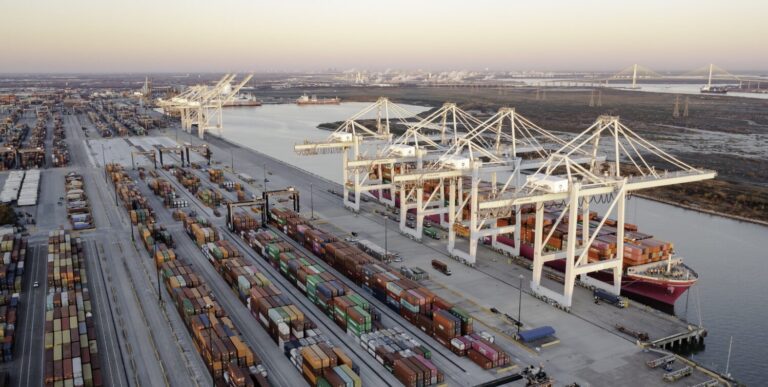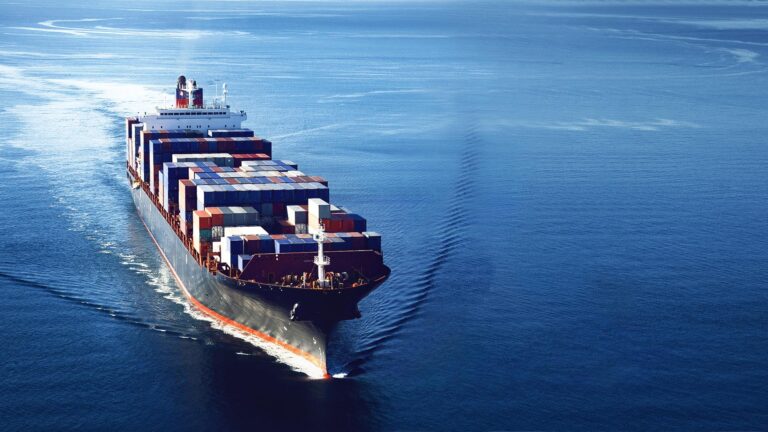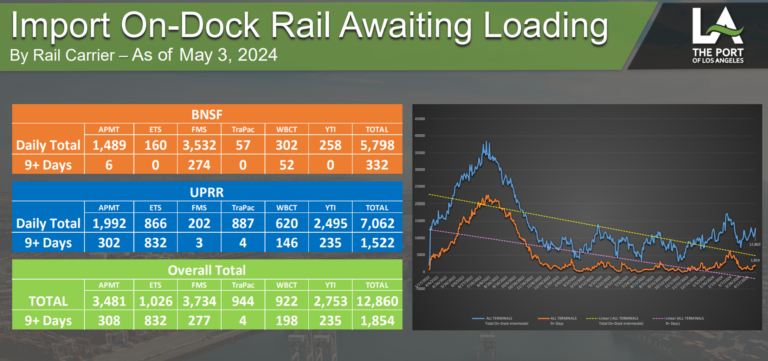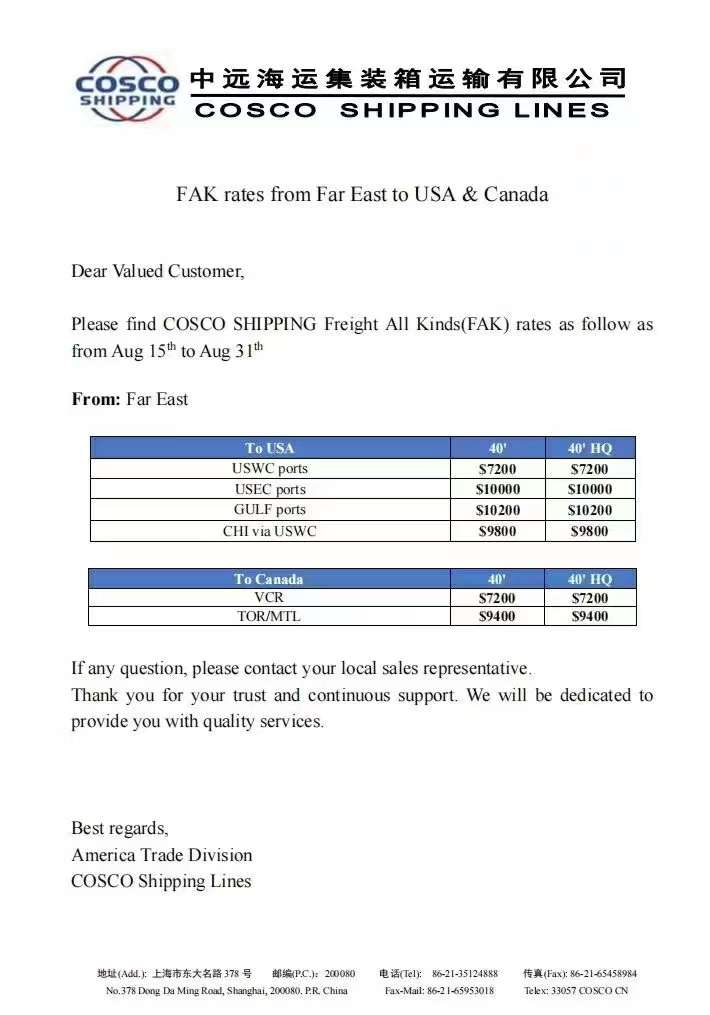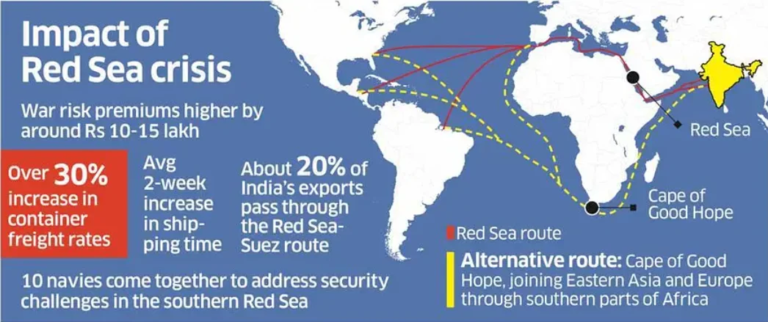MSC and ONE Vessels Attacked, Suffer Fire Damage
Latest News on June 10: Yemeni Houthi Rebels Attack Two Vessels
On June 9, local time, Yahya Saree, a spokesperson for the Yemeni Houthi rebels, announced on social media that they had attacked two commercial vessels for violating the ban on traveling to Israeli ports.
The two vessels attacked were the Liberian-flagged container ship “MSC Tavvishi” and the Antigua and Barbuda-flagged cargo ship “Norderney.” The attacks caused fires on both ships, which have since been extinguished. No crew members were injured in the incidents.
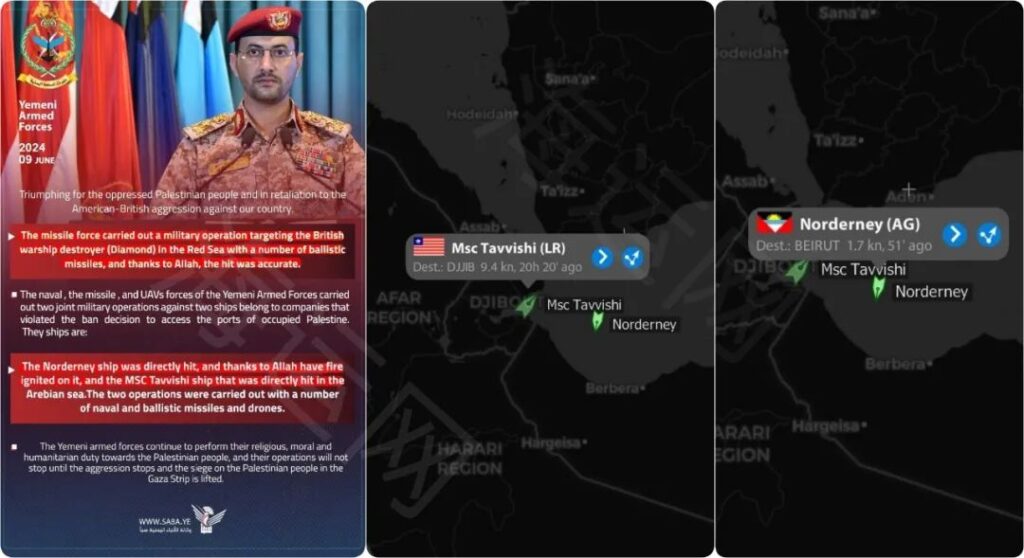
On June 9 local time, the U.S. Central Command confirmed this news on its social media platform. The statement said that the Houthi rebels launched two anti-ship ballistic missiles (ASBM) from the Houthi-controlled area in Yemen towards the Gulf of Aden. One of the ballistic missiles hit the Liberian-flagged container ship “MSC Tavvishi,” which is owned and operated by a Swiss company. The vessel reported damage but continues to sail.

Additionally, the Houthi rebels launched another anti-ship ballistic missile (ASBM) and an anti-ship cruise missile (ASCM) towards the Gulf of Aden. Both missiles struck the cargo ship “Norderney.” The vessel, operated by ONE, reported damage but continues to sail. There have been no reports of injuries from the U.S., coalition forces, or the commercial shipping sector.
In recent months, the Houthi rebels have intensified their attacks on vessels in the Red Sea and the Gulf of Aden, demanding that Israel cease its military actions in the Gaza Strip. In early May, the organization announced plans to expand their targets to include all ships that had dealings with Israel over the past few months in the Red Sea, the Arabian Sea, the Indian Ocean, and the Mediterranean.
Due to the ongoing tension in the Red Sea over the past two months, global port congestion has worsened significantly. Many container ships are taking detours, increasing transportation distances and times, which has led to a decline in container and vessel turnaround rates and a considerable loss of shipping capacity.
Furthermore, the combination of shipping delays and cargo accumulation at transshipment ports has exacerbated the “container shortage” in the market. Facing this challenging situation, major shipping companies have been issuing notices about peak season surcharges and rate increases. Some have even introduced premium services to guarantee space, which has directly driven up sea freight rates.
Since June, global container shipping prices have experienced a new round of increases. Rates on the four major ocean routes have been consistently rising, with the Europe route seeing the most significant increases.
